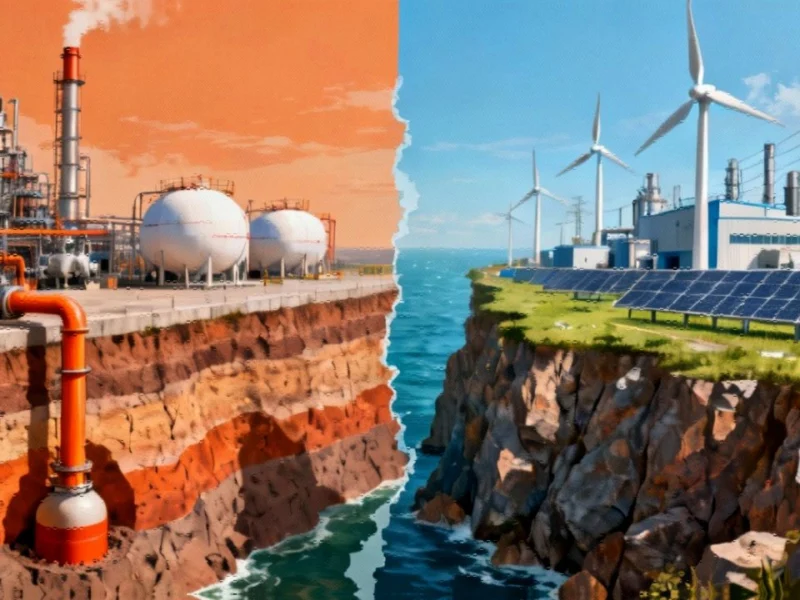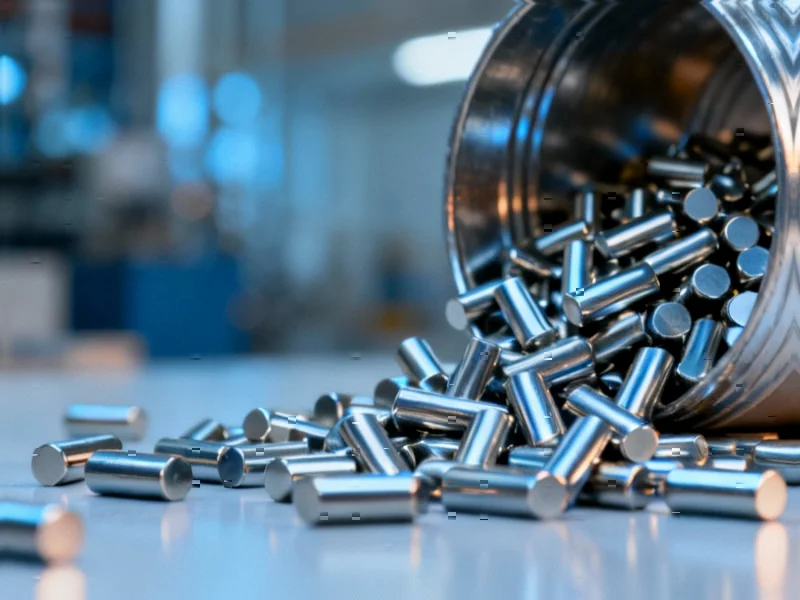The Critical Role of Steel in Global Sustainability
As the industrial sector’s backbone, the steel industry stands as the largest carbon emitter among 31 manufacturing subsectors, making its sustainability transformation crucial for global climate goals. With Belt and Road Initiative (BRI) countries producing 1.43 billion tons of crude steel in 2024—representing 75.8% of global output—the environmental impact of this concentrated production demands urgent attention and innovative evaluation frameworks.
Table of Contents
- The Critical Role of Steel in Global Sustainability
- ESG Framework: From Corporate to Industrial Application
- BRI’s Steel Industry: Economic Powerhouse with Environmental Challenges
- ESG-MI Framework: A Comprehensive Evaluation Model
- Identifying Obstacles to Sustainable Steel Production
- Corporate Initiatives and Technological Solutions
- Academic Research and Future Directions
- Regulatory Framework and Market Mechanisms
- Path Forward for BRI Steel Sustainability
ESG Framework: From Corporate to Industrial Application
Originally conceived by the United Nations for micro-level entities, Environmental, Social, and Governance (ESG) principles have evolved into a comprehensive framework connecting investors, enterprises, and sustainable development. The remarkable growth of ESG investing—reaching $35.3 trillion in major developed countries by 2020—demonstrates its increasing influence. As markets mature, projections suggest ESG investments could hit $40 trillion by 2030, signaling a fundamental shift in how businesses and industries approach sustainability.
The extension of ESG principles from corporate to industrial level represents a natural progression, though standardized evaluation methods at the national industrial level remain underdeveloped. This gap becomes particularly significant for industries like steel, which consumes 7% of global energy and emits 9% of worldwide carbon dioxide., according to market insights
BRI’s Steel Industry: Economic Powerhouse with Environmental Challenges
The Belt and Road region has emerged as a global economic powerhouse, with total economic volume reaching $36.5 trillion in 2023 and maintaining an impressive 4.5% average annual growth rate since 2013. This economic vitality, combined with hosting 61.5% of the world’s population, creates both tremendous opportunity and responsibility for sustainable industrial development., as previous analysis
Five of the world’s top ten steel-producing nations reside within BRI countries, collectively operating 1.29 billion tons of capacity. This concentration of production underscores the critical importance of greening this sector. The region’s steel consumption reached 1.33 billion tons in 2023, further emphasizing its central role in global manufacturing and construction ecosystems., according to technology trends
ESG-MI Framework: A Comprehensive Evaluation Model
Recent research introduces an innovative ESG-MI evaluation model that expands traditional ESG criteria to include resource and industrial dimensions. This comprehensive approach analyzes panel data from 64 BRI countries between 2000-2023, revealing several key trends:
- Steady Progress: Sustainability levels showed consistent improvement with 1.04% average annual growth
- Drivers and Challenges: Industrial development and governance emerged as primary drivers, while environmental performance remains the weakest link
- Geographic Patterns: Sustainable development follows a clear transmission pattern from Europe through East Asia, Middle East, Southeast Asia, and South Asia
- Resource Vulnerability: Supply chains in BRI nations demonstrate fragility against external shocks
Identifying Obstacles to Sustainable Steel Production
The obstacle degree analysis within the ESG-MI framework identifies three primary barriers to sustainable development:
Industrial Value Added (X20): This measures the contribution of steel production to overall economic value, with lower value-added processes typically correlating with higher environmental impact and lower efficiency.
Crude Steel Output Per Capita (X11): High production intensity relative to population creates disproportionate environmental pressure, particularly in regions with limited environmental regulations.
Ores and Metals Export Proportion (X12): Economies heavily dependent on raw material exports face challenges in transitioning to higher-value, sustainable production models.
Corporate Initiatives and Technological Solutions
Leading steel producers within BRI countries are demonstrating commitment through concrete actions. JSW Steel exemplifies this trend with its comprehensive climate action plan targeting 42% reduction in carbon emission intensity by 2030. Their multi-pronged approach includes:
- Increasing renewable energy integration
- Expanding scrap steel utilization
- Implementing energy efficiency improvements
- Optimizing production processes
- Achieving 100% solid waste recycling
- Reducing freshwater consumption by over 39%
Academic Research and Future Directions
Recent studies highlight the complex relationship between ESG performance and economic outcomes. Research across information technology and healthcare sectors reveals context-dependent impacts, with developed economies typically showing stronger positive correlations between ESG activities and performance.
For the steel industry specifically, technological innovation emerges as the most promising pathway. Studies indicate that comprehensive deployment of advanced technologies—including electric arc furnaces, hydrogen reduction, and carbon capture—could reduce emissions by up to 70%. The recycling sector offers additional opportunities, with scrap steel recycling reducing energy consumption by 33% and emissions by 32%.
Regulatory Framework and Market Mechanisms
Research into environmental regulation reveals a U-shaped relationship with energy-environmental performance. Initially, regulatory pressure may inhibit performance improvements, but as intensity increases, it ultimately drives innovation and efficiency. This finding underscores the importance of well-designed regulatory frameworks that balance stringency with practical implementation timelines.
The growing integration of ESG considerations into investment decisions creates powerful market incentives. Companies with stronger ESG ratings benefit from lower capital costs and increased investment attraction, creating a virtuous cycle that rewards sustainable practices.
Path Forward for BRI Steel Sustainability
The transformation of BRI’s steel industry requires coordinated action across multiple dimensions:
Technology Transfer: Facilitating the adoption of best available technologies across the geographic spectrum, particularly from leading European and East Asian producers to developing regions.
Standardized Metrics: Developing industry-wide ESG evaluation standards that enable meaningful comparison and tracking of progress.
Circular Economy Integration: Enhancing scrap steel recycling infrastructure and promoting by-product utilization, such as using steel slag in cement production and construction.
Regional Cooperation: Leveraging the observed geographic transmission pattern to accelerate knowledge sharing and capacity building.
As the global community intensifies its climate efforts, the sustainable transformation of BRI’s steel industry represents both an enormous challenge and unprecedented opportunity. Through comprehensive ESG integration, technological innovation, and coordinated policy action, this vital industry can transition toward a greener, more sustainable future while maintaining its crucial role in economic development.
Related Articles You May Find Interesting
- Study Reveals Optimal Fermentation Methods Boost Cow Manure’s Fertilizer Potenti
- How Deep Learning Is Revolutionizing Critical Care for Severe Acidosis Patients
- Unmasking Data Bias: The Hidden Challenge in AI Drug Discovery
- Coldriver’s NoRobot Malware Marks Strategic Shift in Russian Cyber Operations
- Coldriver’s NoRobot Malware Marks Strategic Shift in Russian Cyber Espionage
This article aggregates information from publicly available sources. All trademarks and copyrights belong to their respective owners.
Note: Featured image is for illustrative purposes only and does not represent any specific product, service, or entity mentioned in this article.



